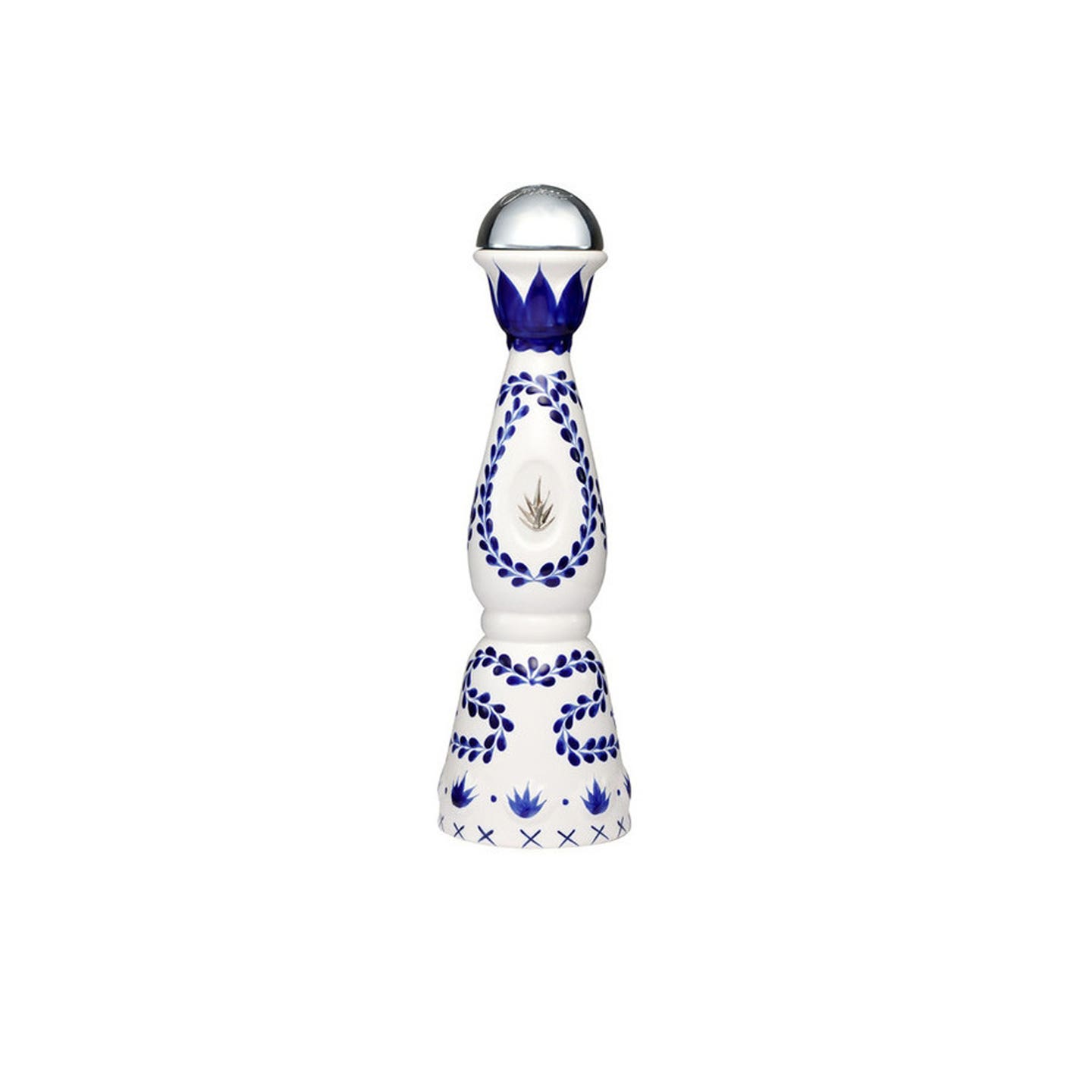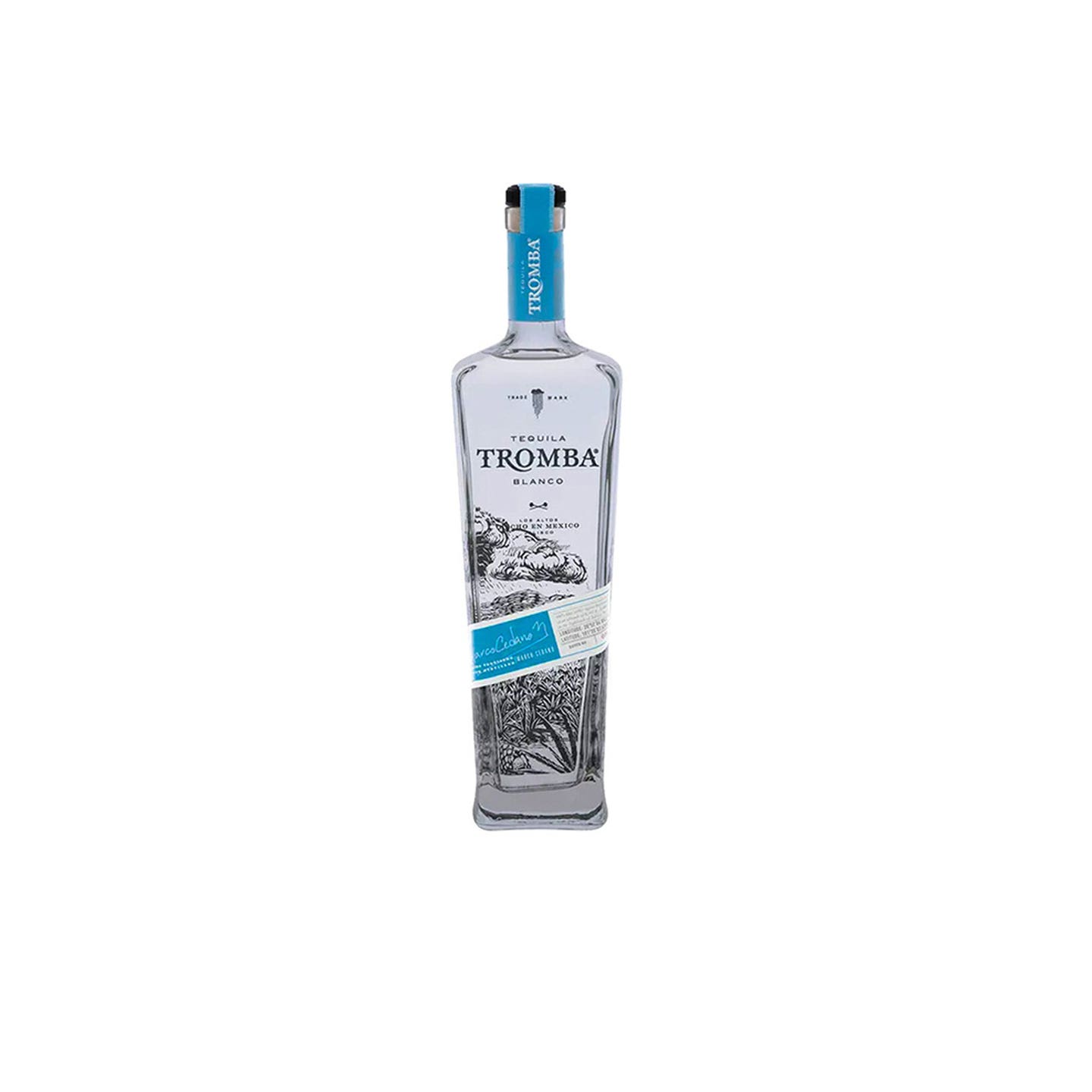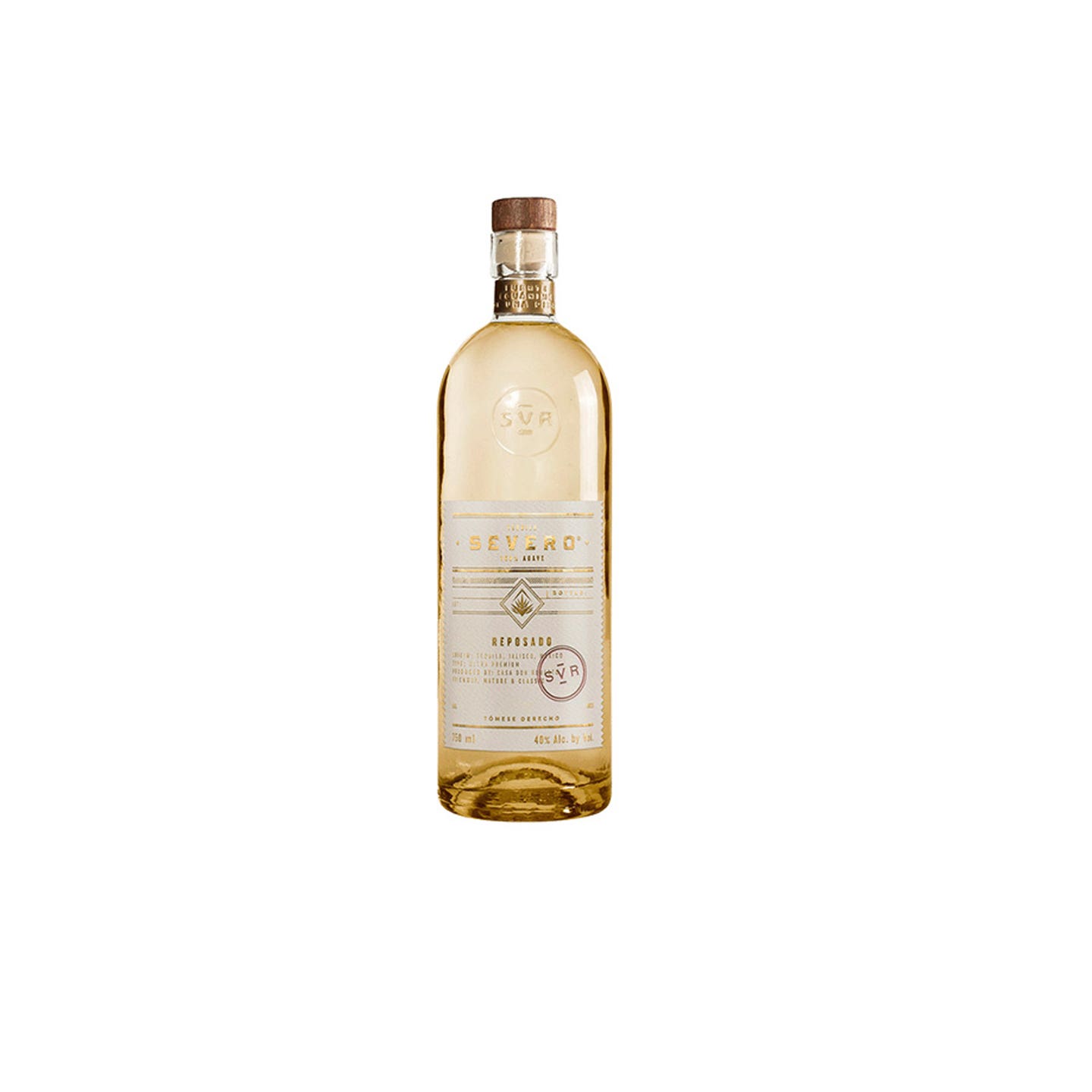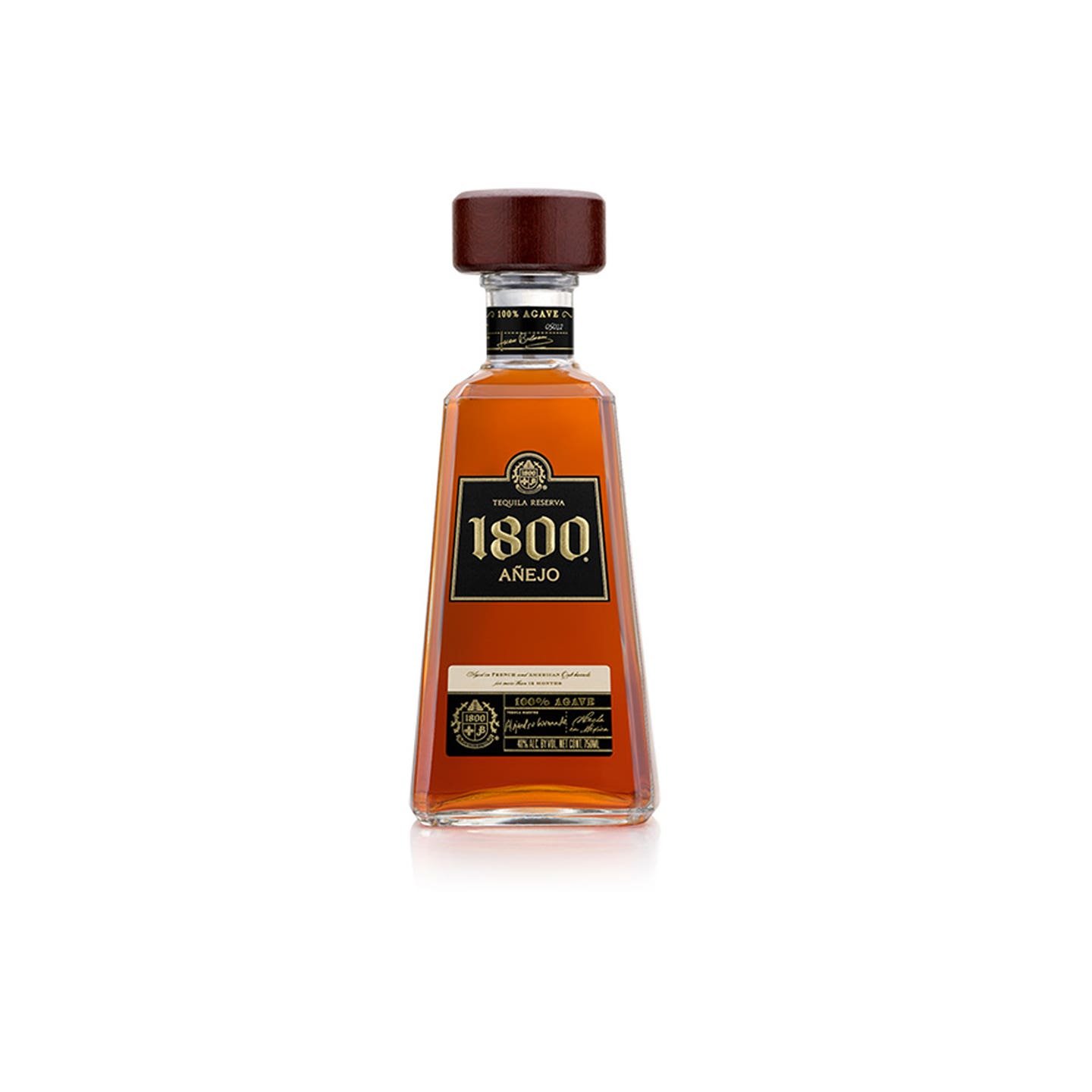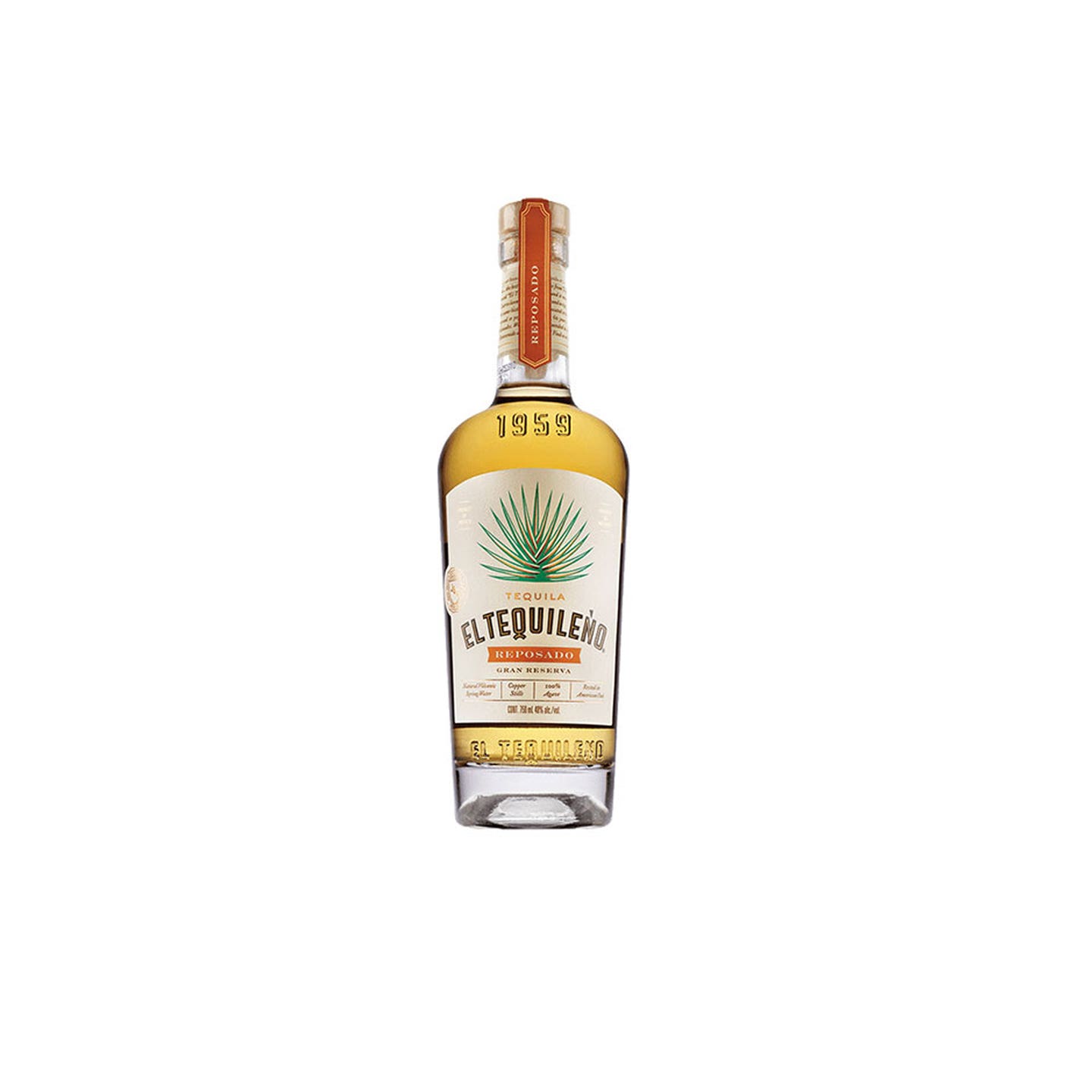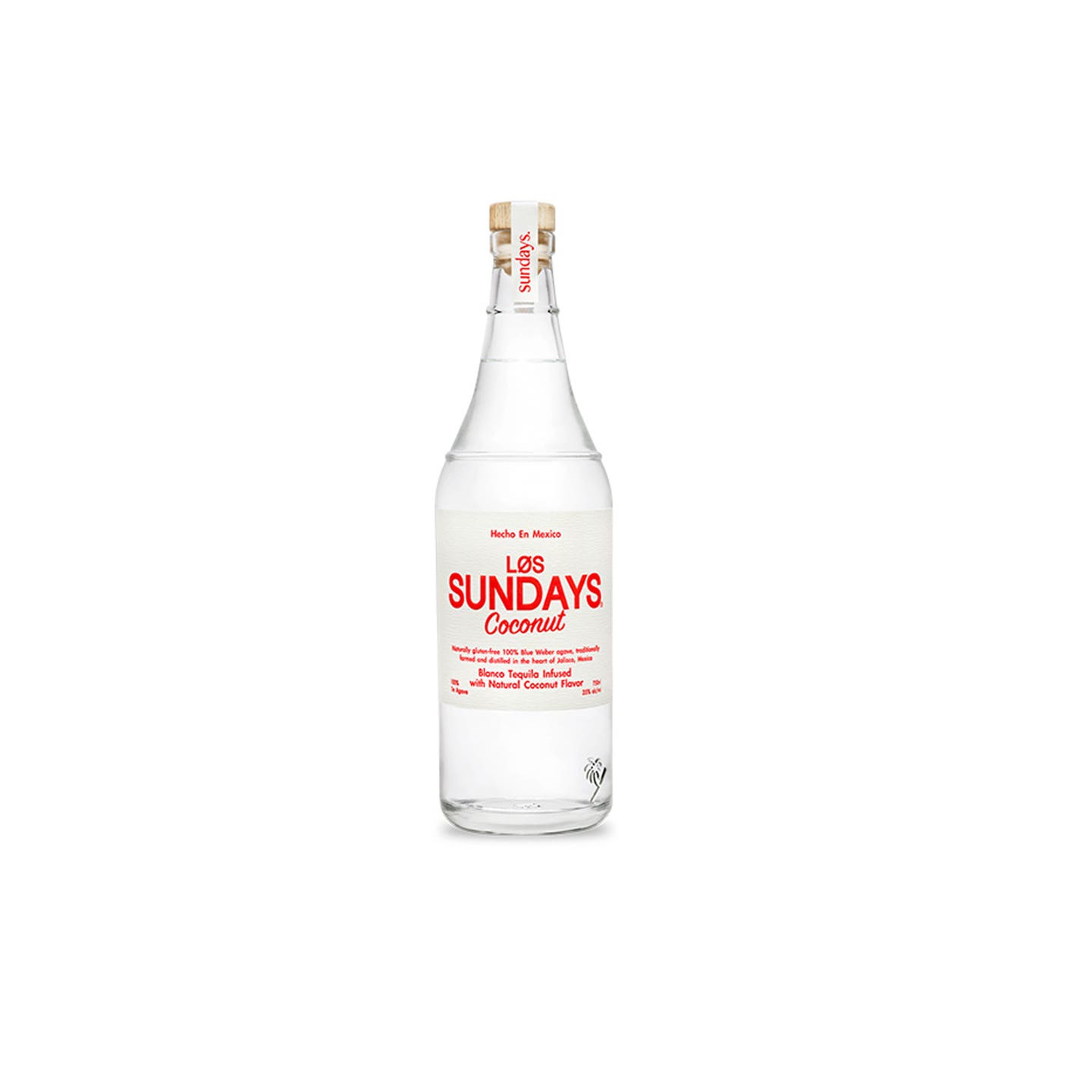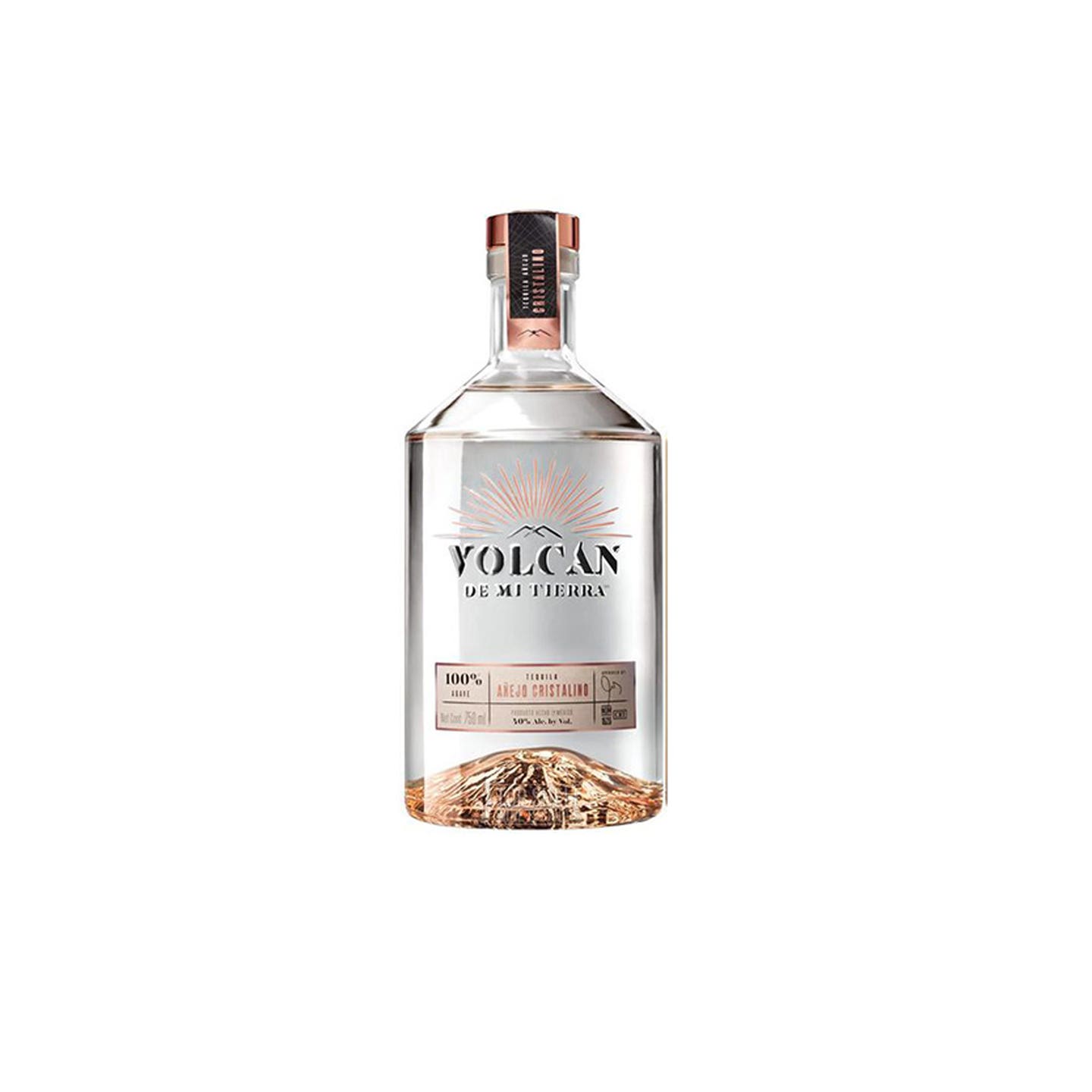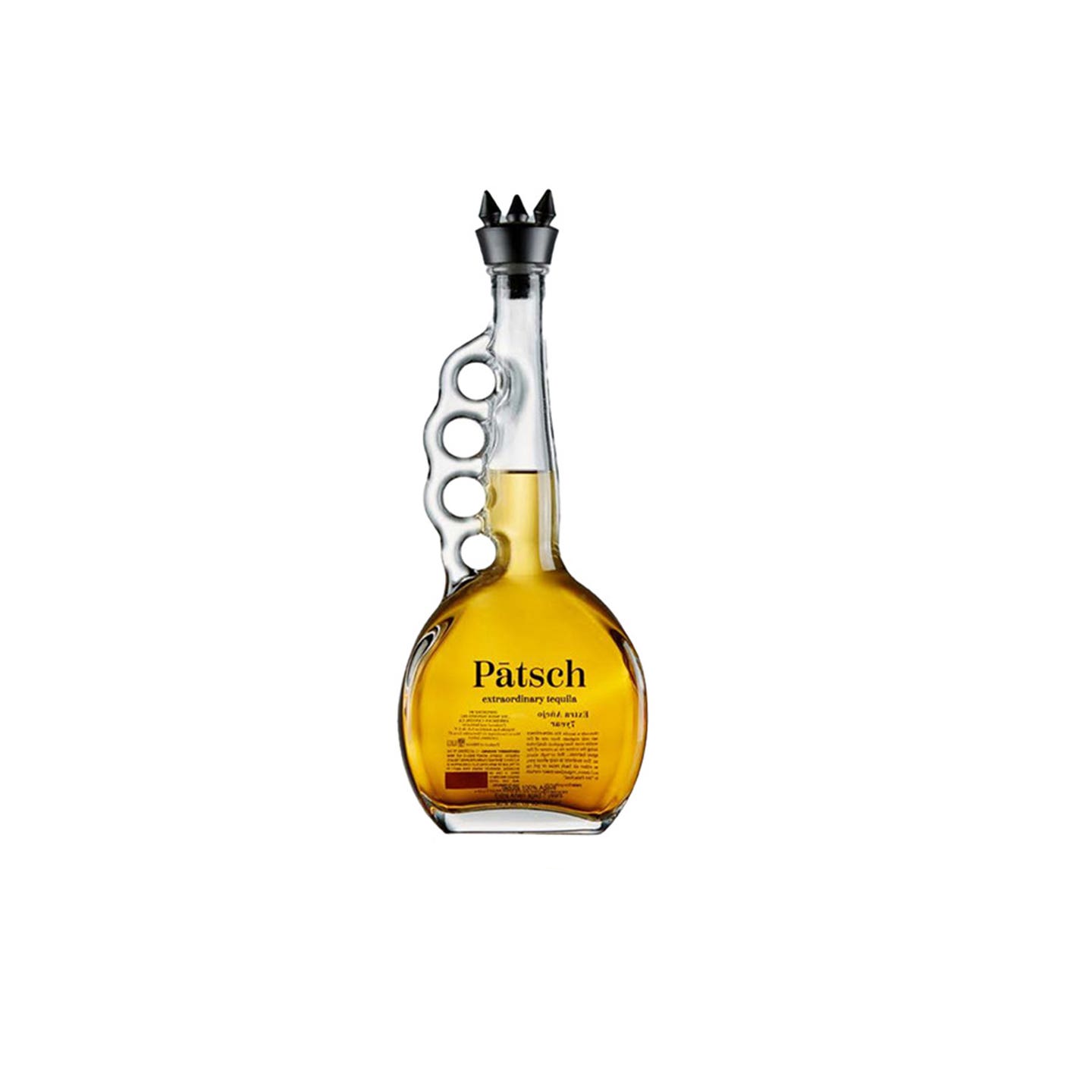Try a Different Kind of Digestif with the Best Sipping Tequilas
Just as complex as your favorite after-dinner single malt.
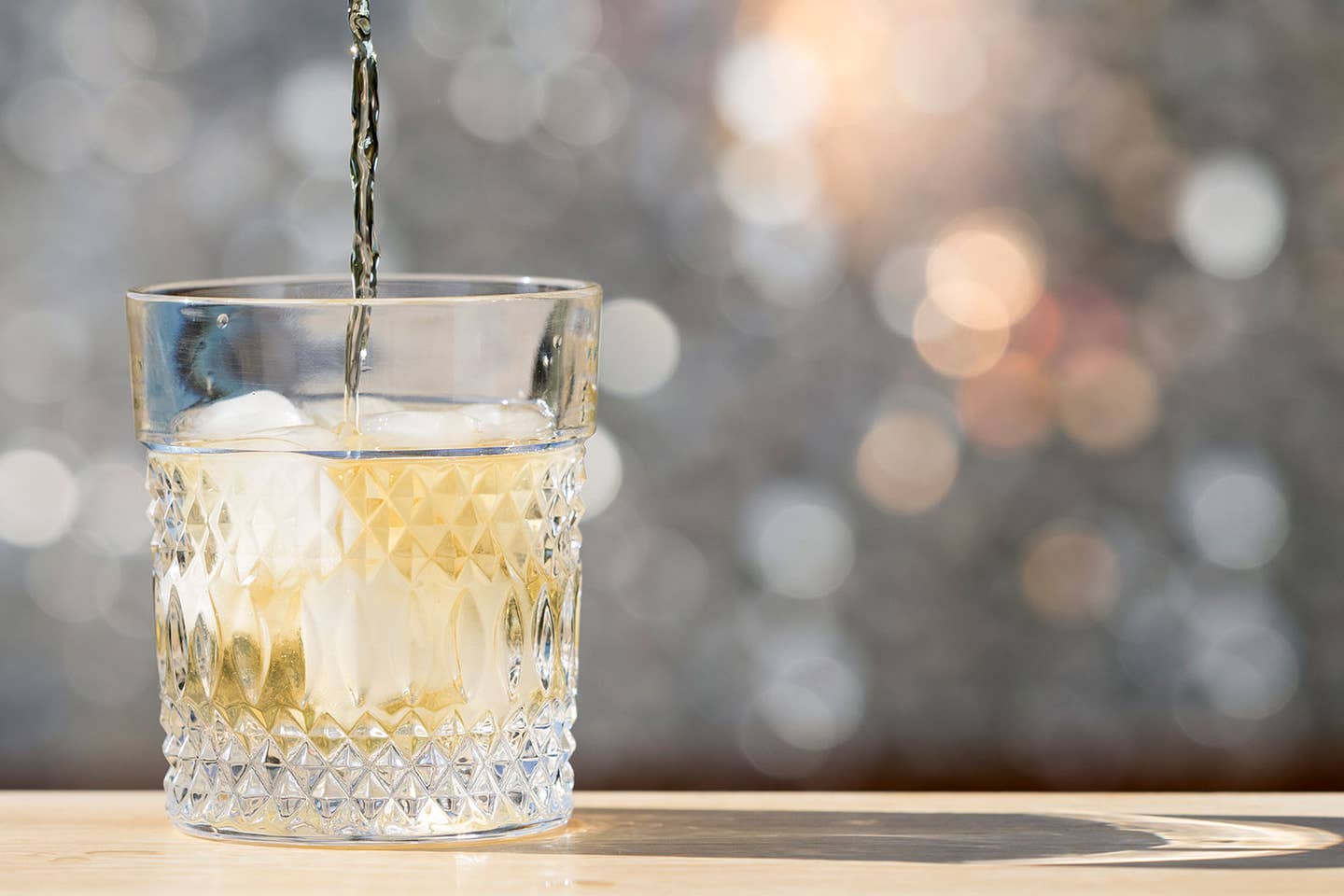
This year, up the ante on your apéritif and digestif game with agave. No disrespect to palomas, but the best sipping tequila is good for so much more than making icy mixed drinks. Complex notes on the nose and palate—think honey, toast, and caramel—accompany many sipping tequilas. Imagine them at the after-dinner fire, in lieu of your favorite pony of port.
We’re talking tequila, and, no, we don’t mean margaritas. High-quality sipping tequilas, rooted in Mexican tradition and reliant upon generations of knowledge and care, are just as compelling as that glass of single malt. Looking to round out your bar cart? We’ve consulted award-winning bartender Jena Ellenwood and advanced sommelier Jennifer Estevez for insight into tequila's many complexities to uncover some of the best bottles around. Prefer your tequila lean and crisp? Complex and nutty? Somewhere in between? Regardless of your palate, your preference for ice, or your sweet tooth, there is a sipping tequila that is right for you (and for all the friends you’re shopping for). Salud!
- Best Overall: Clase Azul Reposado
- Best Value: Tromba Blanco
- Best Reposado: Severo Reposado
- Best Añejo: 1800 Añejo
- Best Sustainable: Tequila El Tequileño Reposado Gran Reserva
- Best Specialty: Løs Sundays Coconut Tequila
- Best Cristalino: Volcán De Mi Tierra Cristalino Tequila
- Best Splurge: Patsch Extra Añejo
Features to Keep in Mind
Types of Sipping Tequilas:
Any high-quality tequila can be a sipping tequila, but aged spirits are often preferred for this kind of drinking because they are richer in style. Neutral tequilas, with fewer individual flavor components, are often better in mixed cocktails for this very reason. Blanco tequila is aged with or without wood, for a maximum of 59 days, says advanced sommelier and CEO of marketing and communications for OMvino Jennifer Estevez. From there, tequilas are aged longer: A minimum of 60 days in oak for reposado; one year in oak for añejo, and three years for extra añejo.
Smoothness:
Smoothness comes down to what presents on the palate, says award-winning New York bartender and cocktail educator Jena Ellenwood. “Is it round, full, lush, creamy? We’re talking texture, or ‘mouthfeel’ here,” she says. “When shopping for a sipping tequila, I want one that makes me want to close my eyes and sit with it coating my palate.” She says smoothness often represents a spirit with balanced pH, alcohols, and sugars.
Flavors:
The flavors apparent in tequila can vary greatly, says Ellenwood. “The agave plant contains more chemical compounds than any other fruit or grain that humans distill or ferment with,” she says. “That means there are more opportunities for variation in flavor.” Some to expect include green herbs, mint, green pepper, ripe fruit, and cinnamon. “No two tequilas taste alike!”
Aging:
Aging plays a significant role in developing a tequila’s flavor profile. “The longer the period of barrel-aging and the newer the barrels that the spirit is aged in are, the more spice and vanilla you will get on the nose and the creamier the texture will be on the palate,” Estevez says. “The flavors of fruits and vegetables in aging spirits often get a dried characteristic, similar to wine, but with spirits the process tends to be a little bit slower, because the higher alcohol levels often act as a preservative.”
Our Top Picks
Best Overall: Clase Azul Reposado
Best Overall
The blue and white ceramic bottle that houses this benchmark tequila is probably already familiar to you. Clase Azul’s smooth, honeyed flavor is just as resonant as its iconic bottle. Produced in one of the state of Jalisco’s highest points, this distillate comes from agave that has grown for six to eight years. The tequila itself spends eight months in bourbon barrels, yielding a sipping tequila as refined as the bottle it comes in. This is one of the best tequilas on the market, hands-down.
Best Value: Tromba Blanco
Best Value
At under $40 a bottle, this floral and citrus-forward tequila is an excellent entry point. Soft and forgiving flavors make this tequila perfect for sipping before dinner, as a better-than-champagne apéritif. Made primarily in the Jalisco region of Mexico, this is an excellent cool-weather sipper that promises to warm you from the inside out.
Best Reposado: Severo Reposado
Best Reposado
Reposado, or “rested”, tequila must be matured in large, white oak barrels for a minimum of two months before release. Maturation time, though, depends on the individual producer. In the case of Severo, the golden-yellow tequila spends 10 months in American oak barrels, for a slightly nutty, caramelized expression that lasts long on the palate.
Best Añejo: 1800 Añejo
Best Añejo
Long a standard-bearer in the wide world of agave, 1800 has produced world-class tequila from 100 percent agave since its namesake year. Añejo tequila must spend 12 months in oak barrels, and this spirit spends a minimum of 14 months in barrel, yielding toasty, complex notes that can hold up to everything from an after-dinner cigar to an assertive steak.
Best Sustainable: Tequila El Tequileño Reposado Gran Reserva
Best Sustainable
This 100 percent additive-free tequila is more than just delicious. Ninety-eight percent of all byproduct created in the making of the El Tequileño line of tequilas is reused at the distillery and in the agave fields. Tony Salles, a third-generation master distiller, is responsible for this particular blend, which benefits from volcanic spring water from the Volcan de Tequila and which offers up notes of honey, cacao, and grass.
Best Specialty: Løs Sundays Coconut Tequila
Best Specialty
Believe it or not, flavored tequilas can be great for sipping, too. This coconut version from Australians Mitchell Hayes and Oliver Williams, Løs Sundays is made in Jalisco from a blend of highland and lowland Blue Weber agave and is infused with coconut extract at the end of distillation. It’s a light, playful sipping tequila that coconut lovers are sure to enjoy. And if you prefer your coconut mixed into a cocktail, use this spirit for exceptional margaritas, and more.
Best Cristalino: Volcán De Mi Tierra Cristalino Tequila
Best Cristalino
Cristalino is an añejo tequila that has been filtered to remove color and particulate. The result is a sipping tequila that drinks like the most complex, oak-aged tequilas without impurities disturbing the spirit’s clarity. This stellar expression offers up notes of tobacco, vanilla, and dried fruit.
Best Splurge: Patsch Extra Añejo
Best Splurge
Whether you’re in search of a tequila to gift that special someone or you simply want a bespoke bottle for your own gorgeous bar, Patsch’s Extra Añejo is the splurge for you. The hand-painted, hand-blown glass bottle contains an extra añejo tequila that has aged an astonishing seven years. It’s deeply pigmented, richly flavorful tequila with real staying power, and although it’s expensive, it’s worth every penny.
Ask the Experts
Q: What is tequila, exactly?
The spirit can only be produced within the Mexican state of Jalisco and designated municipalities in Michoacan, Nayarit, Guanajuato, and Tamaulipas. (Agave-based spirits made outside of these designations are considered mezcal.) Tequila must be made using only Blue Weber agave, says Ellenwood, “a plant that takes between 7 to 10 years to mature.” Once mature, she says, the leaves are stripped and the hearts—known as piñas—are steamed, roasted, or baked before being pressed, mashed, or shredded to yield juice, which is then fermented. Agave liquid undergoes at least two distillations before becoming tequila. The different styles of tequila, says Estevez, are “primarily defined by aging and time spent in oak,” with the exception being Cristilano, a classification of tequila whereby tequila is filtered through charcoal to remove color and impurities.
Keep Reading
Continue to Next Story
